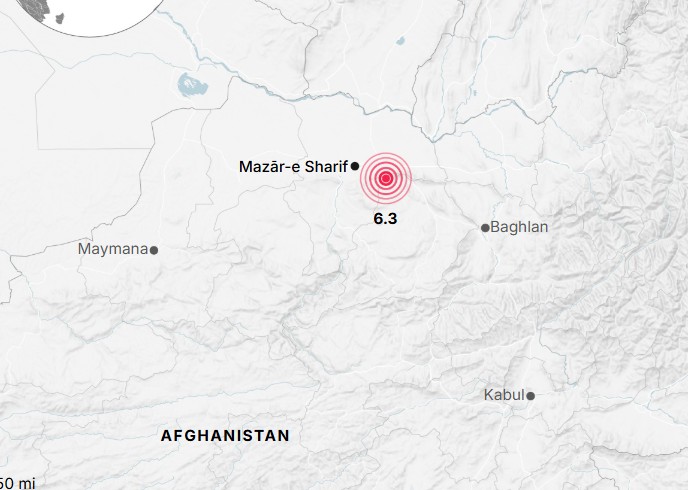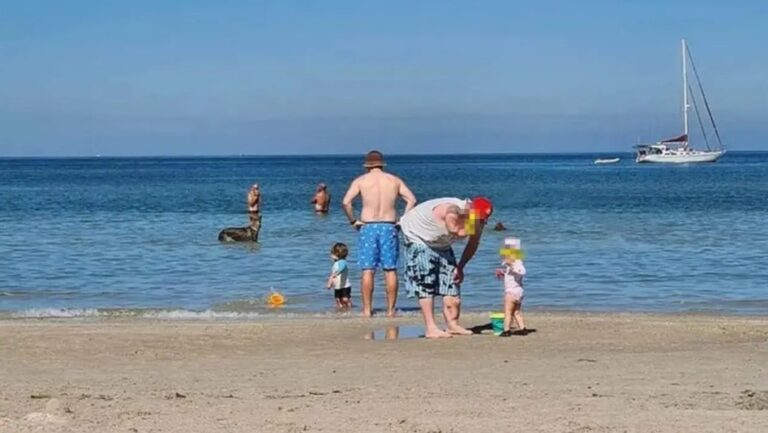Before dawn on Monday, the earth began to tremble violently — a deep, echoing rumble that rolled across silent valleys and sleeping towns.
Within seconds, walls cracked, roofs collapsed, and terrified families ran barefoot into the night, clutching their children as the ground beneath them split and roared.
The darkness was pierced by cries for help, the wail of sirens, and the choking dust of shattered homes.
By sunrise, the true horror began to unfold. Hospitals were overwhelmed, corridors lined with stretchers and frightened survivors. Dozens of people were carried in by neighbors, many bleeding and covered in dust. “It all happened in a few seconds,” said one local resident, her voice shaking. “The house just fell apart — and my family was inside.” Emergency workers struggled to reach remote villages, where roads were blocked by landslides and rubble.
It wasn’t until several hours later that officials confirmed what had happened — a powerful 6.3-magnitude earthquake had struck northern Afghanistan, with its epicenter near the town of Khulm. At least 20 people were killed and more than 320 injured, according to the Ministry of Public Health. Most of the wounded, officials said, suffered fractures and head injuries, and many were treated and released after initial care.

The provinces of Balkh and Samangan suffered the heaviest destruction. The Taliban government dispatched rescue and aid teams to the affected areas, while officials warned that aftershocks could further damage unstable structures. “People are scared to go back home,” said one rescue worker. “They’re sleeping outside — afraid the ground might shake again.”
Even in Mazar-e-Sharif, miles away, residents felt the tremor — a grim reminder of how fragile life remains in a land already scarred by tragedy.












